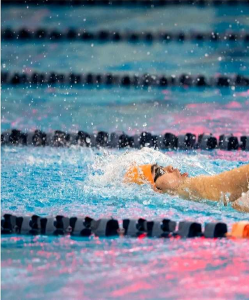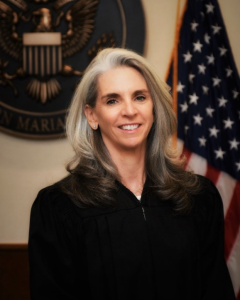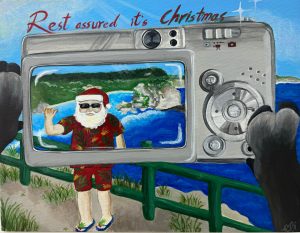Teaching kids about making healthy choices
With the rampant availability of unhealthy meals, junk food, and sugary drinks that are cheap, convenient, and practically everywhere, teaching children about making healthy food choices is just another challenge for parents.
Nobody says it cannot be done but it will be hard and parents would need to be consistent.
There are two ways to go about it: Focusing on to their eating habits and getting them into sports.
HEATHY EATING
Parents can create and serve healthy and balanced meals at home following the Healthy Eating Plate created by nutrition experts at the Harvard School of Public Health.
*Make ½ of your plate meal vegetables and fruits. Aim for color and variety.
*Make ¼ of your plate whole grains—whole wheat, barley, wheat berries, quinoa, oats, brown rice and foods made with them, such as whole wheat pasta
*Make ¼ of your plate protein. Fish, chicken, beans, and nuts are all healthy, versatile protein sources. They can be mixed into salads, and pair well with vegetables on a plate. Limit red meat, and avoid processed meats such as bacon and sausage.
*Skip sugary drinks and maximize on water. Do not buy your children those drinks that promise authentic fruit flavor. More often than not, it contains sugar and zero fruit.
All of these do not have to be expensive. Choose the right food. Real food.
Families on Saipan love dining out. If this is your source of family bonding time, no need to worry making unhealthy choices. Parents can choose to go to restaurants that serve healthy meals.
The CNMI Non-Communicable Disease Bureau of the Division of Public Health has introduced efforts to make healthy choice an easy choice for CNMI restaurant customers. The project is called REACH Biba program, where they encourage restaurants to make their menu healthier. There are currently several restaurants on Saipan that offer healthy plates on their menu and the number is growing.
STAY ACTIVE
Teach you child to love a sport by exposing them to a variety of activities like tennis, swimming, canoeing, football, volleyball and basketball, to name a few. This will help your child pick an activity that he/she likes and suits her physical level.
Watching sports on TV is a good introduction, but it gets even better when you watch the sport live.
Talk to them about what they like and dislike about each sport and look for signs of enthusiasm.
As a parent, you will need patience, time to explore sports, time to practice and teach skills, and time to support your child in his or her choice. (Bea Cabrera)





“Nobody says it cannot be done..”
It took me better than five years, writing about these same issues, to realize that it cannot be done. That is because all of the good intentions about nutrition, avoiding sugar, aspartame, MSG, products with nitrites and nitrates, and other toxins, have fallen on deaf ears, particularly within the local native community.
Yes, one or two people may modify their diets, but – so far as the locals are concerned – nothing will change. They will eat their canned pink meat, white rice, and drink unhealthy beverages: it’s “the island way.” So is chewing betel nut, which is carcinogenic.
These unhealthy habits have lead to chronic obesity, diabetes, cancer, heart disease and the abuse of drugs and alcohol. Intoxication has led to incidents of crime, physical and sexual abuse of spouses and children. It happens almost daily, and a person is arrested, either for assault, sexual abuse, or possession of ice (often with an intent to sell).
What we are witnessing, Ms. Cabrera, is suicide on the installment plan. The locals are smart. They know they are eating junk, but they eat it anyway because that is what their families do. Their priorities are to their cultural and family practices, not to their health.
This is an over-simplification. Many islanders are indeed healthy and eat good food; they are moderate in their drinking and do not use drugs. They are the wise ones, but they are in the minority.
The local youth tend to be healthy, play sports and have fun. However once they are older, or get married, that is when the sedentary, self-indulgent practices begin.
It may take three generations of sickness and death before the old habits give way to more beneficial ones. But, in the meantime, there is nothing we can do. I wish it were otherwise. The islanders are too beautiful to lose to bad habits; but that’s what’s happening.